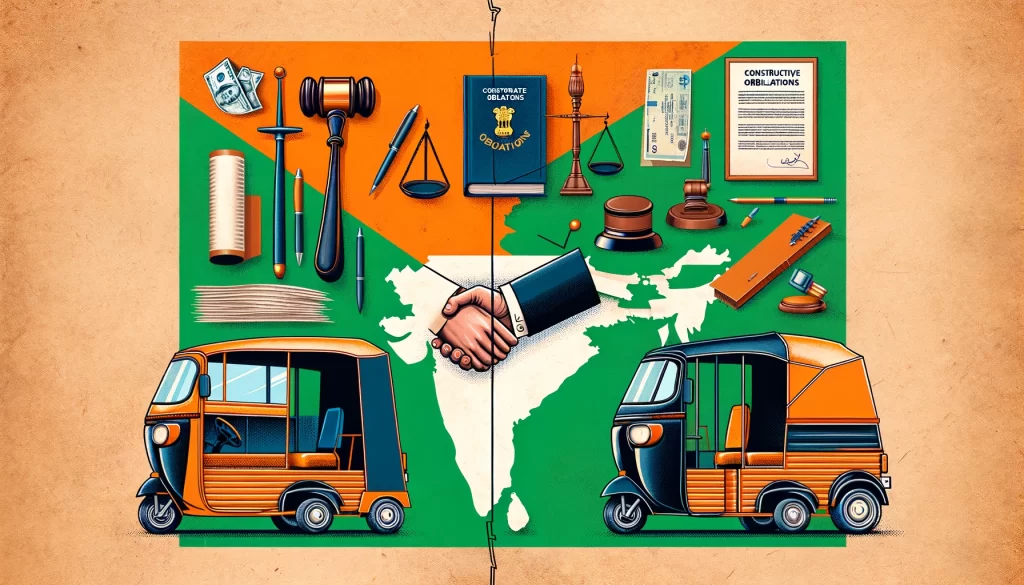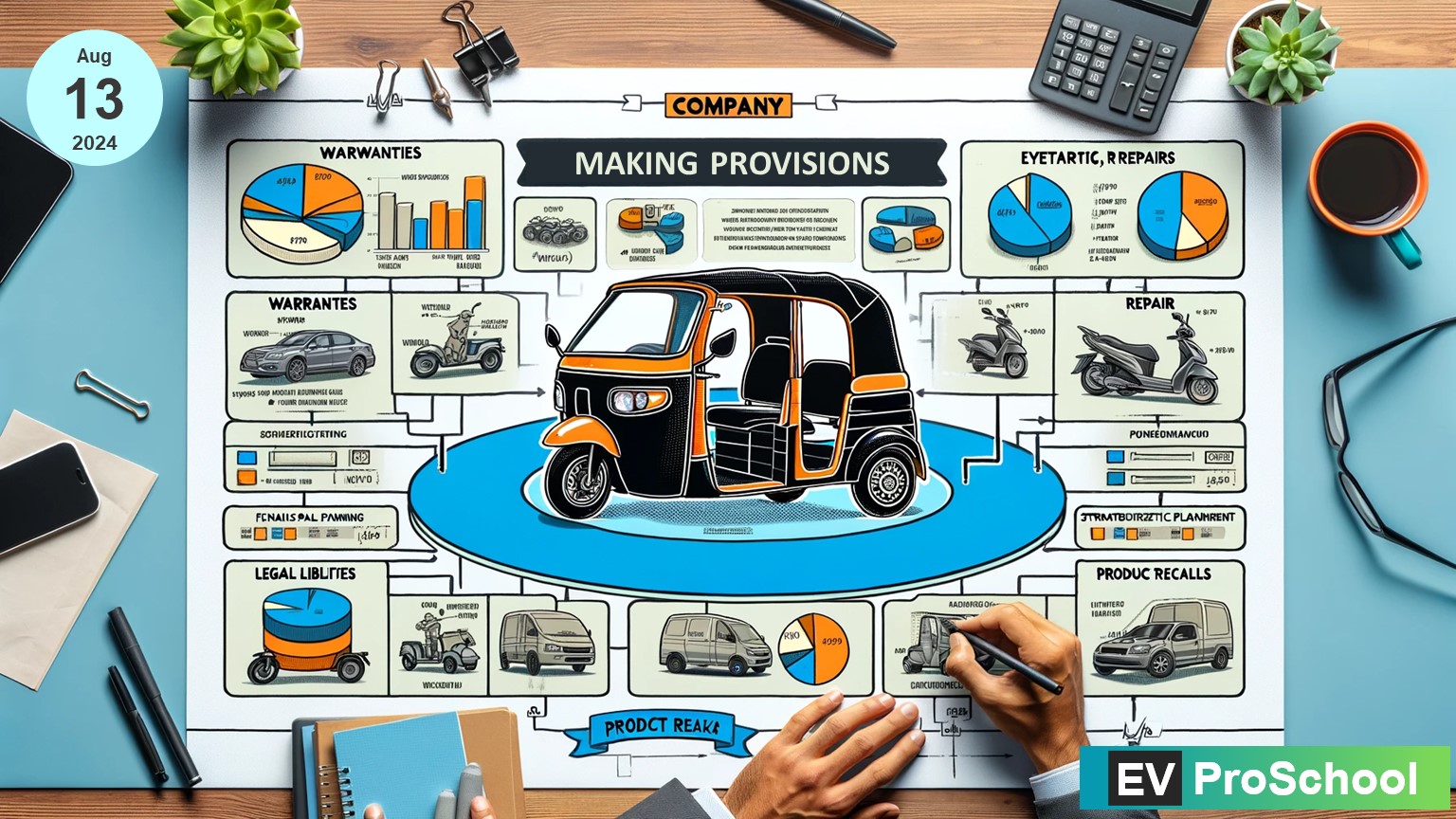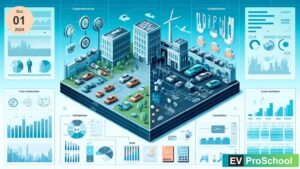Liabilities: The Obligations That Drive Business Forward
In the simplest terms, a liability is a financial obligation of a company that results from past transactions or events. These obligations represent amounts that the company owes to others, which could be payments to suppliers, loans from banks, or salaries to employees. The settlement of these liabilities typically results in an outflow of economic resources from the company.
For example, ElectraDrive, an EV company, purchases battery packs on credit from a supplier. The amount owed to the supplier is a liability. This debt is an obligation because ElectraDrive is legally bound to pay for the battery packs.
Provisions: Accounting for the Uncertain
Provisions, a subset of liabilities, account for future expenses that are probable but not certain. They are recognized when a company has a current obligation from a past event, an outflow of economic benefits is probable, and the amount can be estimated reliably.
For instance, ElectraDrive may anticipate a lawsuit due to a patent infringement claim. While the outcome and timing are uncertain, the company would create a provision for the estimated legal costs because it’s probable that they will need to settle the matter.
The Criteria for Provision Recognition
Let’s consider ElectraDrive again. They have issued a recall on one of their EV models due to a safety issue. The company estimates it will cost ₹50 million to address the problem. ElectraDrive must recognize a provision because:
- There’s a present obligation (legal in this case) due to the safety recall.
- It’s likely (probable) that addressing the recall will require an outflow of resources.
- The company can make a reliable estimate (₹50 million) of the costs involved.
Examples of Provisions:
Provisions are liabilities of uncertain timing or amount, recognized on the balance sheet when an entity has a present obligation as a result of past events, it is probable that an outflow of resources will be required to settle the obligation, and the amount can be reliably estimated. Here are some common types of provisions you might encounter:
- Provision for Warranties: This is common in manufacturing, including the EV industry, where a company must estimate future costs for repairing or replacing products under warranty.
- Provision for Restructuring Costs: If a company decides to undergo restructuring, it will create a provision for the costs associated with this process, such as severance pay and lease terminations.
- Provision for Environmental Cleanup: Companies, especially those in heavy industries, may need to set aside funds for future environmental remediation activities.
- Provision for Bad Debts: This is an estimate of the debts that are expected not to be paid by debtors. It’s common in the financial statements of companies that offer credit terms to customers.
- Provision for Product Returns: Retailers often need to account for the expected returns based on historical data and sales terms.
- Provision for Litigation: If a company is involved in a lawsuit, it might have to make a provision for the potential costs of litigation and any settlements.
- Provision for Onerous Contracts: When the unavoidable costs of meeting the obligations under a contract exceed the economic benefits expected to be received from it.
- Provision for Employee Benefits: Future obligations for employee benefits like pensions, gratuities, and other post-employment benefits often require provisioning.
- Provision for Site Restoration: In the EV industry, this could be relevant for decommissioning costs associated with battery disposal or recycling.
- Provision for Sales Rebates: If a company has a policy of offering rebates on certain sales, they need to provision the estimated cost of these rebates.
Provisions are an essential part of accrual accounting as they acknowledge expenses that are likely to occur and must be recognized before they are invoiced or formally billed.
Legal and Constructive Obligations:
In the world of business and finance, understanding the nuances of obligations is crucial. In the Indian Electric Vehicle (EV) market, where rapid growth meets regulatory complexity, discerning between legal and constructive obligations becomes especially pertinent.

A legal obligation is a duty enshrined by law, such as a contract, legislation, or regulation that a company must adhere to. This type of obligation is enforceable by law. For instance, an Indian EV manufacturer may have a legal obligation to recall a vehicle if it fails to meet the safety standards prescribed by the Automotive Research Association of India (ARAI), which sets such benchmarks.
Conversely, a Constructive obligation is an implied duty that arises from a company’s actions, where a pattern of past practice, published policies, or a sufficiently specific current statement, has created a valid expectation by other parties that the company will carry out certain responsibilities. For instance, if the same Indian EV manufacturer has a history of replacing batteries free of charge within the first year, regardless of warranty documentation, it has created a constructive obligation through its consistent past behavior.
In both cases, the expectation is that the obligation will be fulfilled, whether enforced by law or by the company’s established practices. Such obligations are paramount in the context of revenue recognition under IFRS 15, as they impact when and how revenue is recognized.
Conclusion:
Liabilities and provisions are critical for the accurate representation of a company’s financial position. They ensure that all current and future obligations are accounted for, providing a transparent picture of the company’s fiscal responsibilities. This is especially relevant for companies in the burgeoning EV sector, where rapid innovation and growth bring unique financial challenges.



